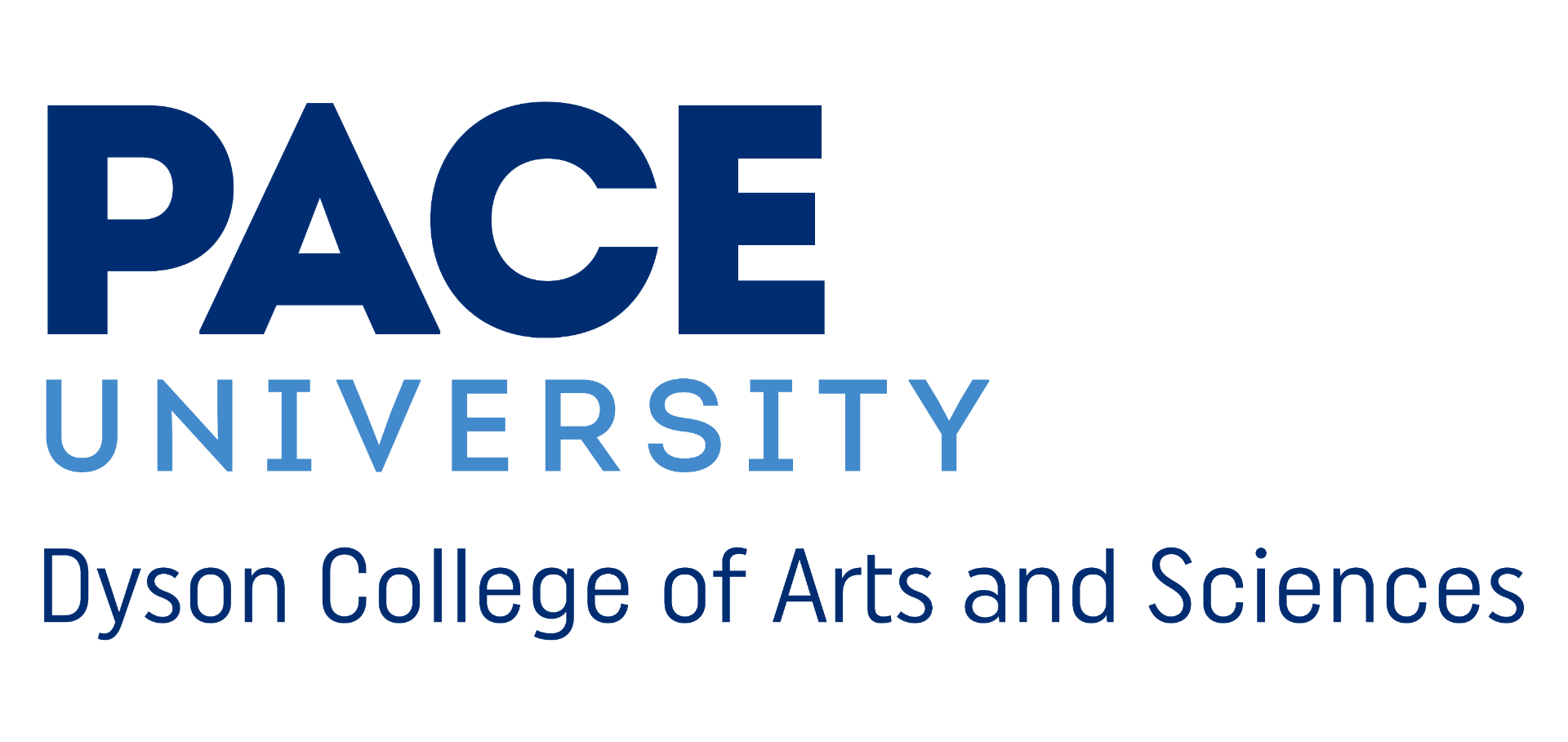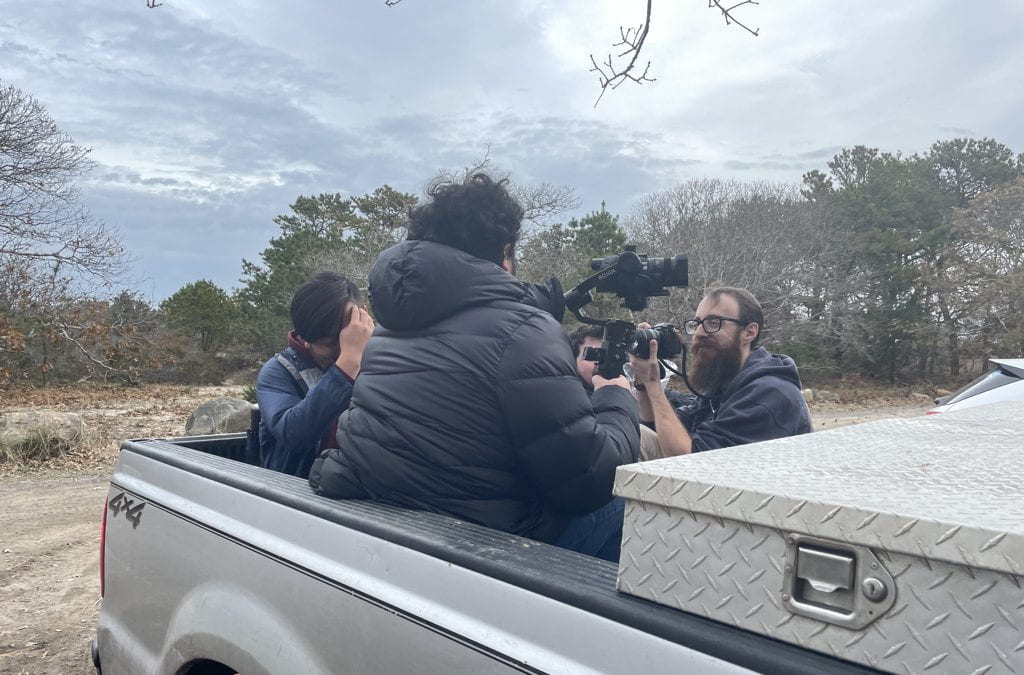March 3, 2022
Before our production crew scatters across parts of New York, Connecticut, and Massachusetts, Professor Lou Guarneri delivered a crash course in what he knows best: working with cameras.
The three cameras we’ll work with are:
- Sony NX80
- Canon EOS RP
- Canon EOS 6D
All of these cameras use the same lenses and SD cards. The Canon EOS RP and Sony NX80 will be our primary cameras, while the Canon EOS 6D will likely be used for B-roll and social media.
Every crew member requires a baseline understanding to optimize visual and audio quality while capturing a subject in conditions that are subject to change. This is especially important when assembling smaller crews for shoots in different locations. In every group, we must ensure there is at least one individual with advanced proficiency in filming, and another who can effectively facilitate the interview.
Exposing the Basics
In the beginner’s guide to photography, Lou explained the concept of the “Exposure Triangle” – a reference to the three fundamental components of exposure: (1) aperture/iris, (2) shutter speed, and (3) ISO (also referred to as ‘gain’).
Aperture refers to the amount of light passing through the lens to the sensor, as controlled by the blades. This component determines the depth of the shot, or how much of the frame is in focus. For example, when capturing an oyster farmer on tidal flats you would like to include in the shot, you need a deeper depth to ensure both the farmer and background are in focus.
The shutter speed refers to the span of time that the sensor is exposed to the light. A faster shutter speed will allow for shorter exposure or the amount of light taken in, and a slower shutter speed will allow for greater exposure.
ISO completes the triangle as a measure of the camera’s sensitivity to light. Higher ISO will produce brighter shots, but too high and you’ll have noticeable noise/grain.
As we anticipate most interviews to be outside, all of these elements will be crucial to our cinematography. In addition to unanticipated lighting challenges, external audio will also play a role in the quality of our footage. If an interview is flowing particularly well and a roaring plane flies overhead, the viability of the shot will be up for discussion but will likely require additional takes.
Composing the Bigger Picture
Lou introduced the concept of the “rule of thirds” for photographic composition. If you consider every frame to be divided into thirds vertically and horizontally, you can vary the side your subject is located on, and create sequences that are both balanced and interesting to look at. The camera should always be at eye level, and the subject should look into the frame, not outside.
Finally, Lou walked us through the menus of each camera, the two mic channels, lavalier etiquette, using a reflector/kicker to diffuse light, and our preferred format and resolution. Then, the reality that some of us are less than two weeks away from filming set in. The month of March will be utilized for filming, and remembering all of these aspects will be critical to getting it right.

